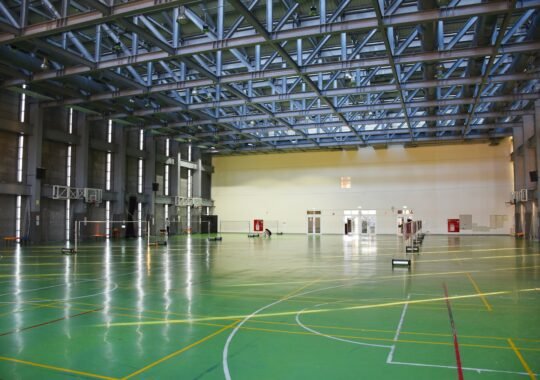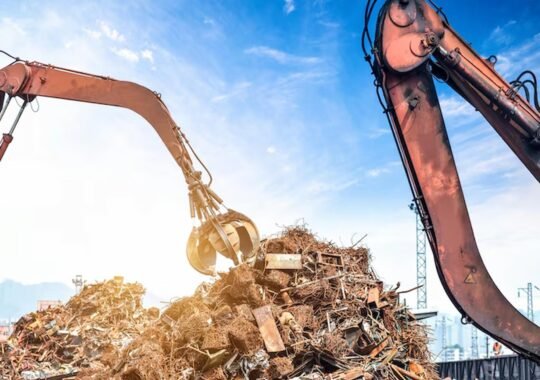When everything in a factory seems to be running smoothly, hidden inefficiencies can still eat away at productivity. Poor control system integration is one of those silent issues that can slowly erode performance without obvious warning signs. From unexpected downtime to wasted energy, weak system connections create problems that many facilities don’t notice until they become major disruptions.
Hidden Downtime That Eats Away at Productivity Without Warning
Manufacturers often focus on visible breakdowns, but unnoticed disruptions caused by poor control system integration can be just as damaging. Machines that fail to communicate properly can cause brief pauses in production, small resets, or inefficient sequences that seem minor at first but build up over time. These moments of downtime don’t always trigger alarms or immediate action, yet they accumulate into significant production losses.
When machines fail to operate as a fully connected system, operators may not even realize where efficiency is being lost. Without seamless integration, troubleshooting takes longer, and the root cause of slowdowns can remain hidden for months. Every delay—whether it’s a few seconds between machine cycles or inconsistent conveyor speeds—cuts into total output. Proper control system integration eliminates these gaps, keeping production on track without unnoticed losses draining efficiency.
Communication Breakdowns Between Machines Causing Costly Delays
Modern manufacturing depends on automated machines working in sync, but when control systems are poorly integrated, that coordination falls apart. One machine might wait too long for input from another, or a processing system might misinterpret data, leading to unnecessary slowdowns. These breakdowns don’t always stop production entirely, but they create costly inefficiencies that impact deadlines and resource use.
Without a properly integrated control system, machines and software struggle to exchange data in real time. Operators might manually adjust settings to compensate for slow responses, but that only adds another layer of inefficiency. In highly automated environments, even a slight misalignment between systems can create bottlenecks that ripple through the entire production line. A well-integrated system ensures smooth communication, reducing costly interruptions and keeping everything running at peak efficiency.
Inconsistent Data That Leads to Poor Decision-making on the Factory Floor
When control systems are not fully integrated, the data collected from different machines can be unreliable or outdated. Operators and managers rely on accurate real-time data to make informed decisions, but without a unified system, conflicting reports can lead to costly mistakes. A slight variation in reported temperatures, pressures, or cycle times can impact product quality and resource planning.
Disjointed control systems also make predictive maintenance more difficult. Without consistent and accurate data, potential equipment failures might go unnoticed until it’s too late. Teams that rely on guesswork or outdated reports end up making reactive decisions rather than proactive improvements. Proper control system integration ensures all machines and sensors communicate accurately, providing a single source of truth for decision-making.
Safety Risks from Outdated Systems That Can’t Detect Malfunctions Fast Enough
Outdated or poorly connected control systems create serious safety risks in industrial environments. When equipment isn’t integrated properly, safety alarms may not trigger in time, or worse, they might fail to activate at all. Faulty communication between sensors and controllers can delay emergency responses, increasing the risk of accidents or equipment damage.
A well-integrated control system enables immediate detection of faults, ensuring that malfunctions don’t go unnoticed. Automated shutoffs, real-time monitoring, and predictive maintenance become more reliable when all systems work together seamlessly. Instead of relying on human intervention to catch issues, modern control system integration helps prevent safety hazards before they escalate.
Wasted Energy from Inefficient Automation Draining Operational Budgets
Factories depend on automation to keep operations efficient, but when control systems aren’t integrated properly, energy waste becomes a major issue. Machines that start up or shut down at the wrong times, heating and cooling systems that don’t sync with production cycles, and motors running unnecessarily all add up to excessive energy consumption. These inefficiencies go unnoticed when individual machines operate independently instead of as a connected system.
An optimized control system ensures that automation works in harmony with energy demand. When machines only run when needed, and production schedules align with power use, significant cost savings follow. Proper integration also allows for real-time adjustments, ensuring that every watt of energy contributes to production rather than being wasted on inefficient operation.
Production Bottlenecks Caused by Systems That Don’t Work Together Smoothly
Even the most advanced machinery can’t reach full potential if the control systems behind them are disjointed. A bottleneck might not always be a mechanical issue—it can stem from outdated software, delayed data transmission, or a simple misalignment between different automated processes. These slowdowns might appear as minor inefficiencies, but over time, they create significant constraints on output.
Poor control system integration forces operators to intervene frequently, manually adjusting settings and workflows to keep production moving. This not only reduces efficiency but also increases the risk of human error. When all components of an industrial system communicate seamlessly, processes run at optimal speed, maximizing productivity and reducing the need for constant manual oversight.





